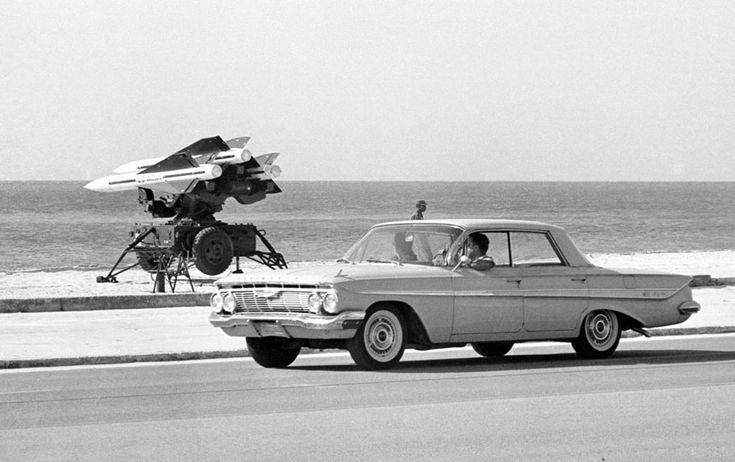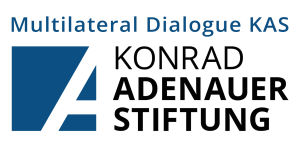The crisis officially started on 14 October 1962 when a US U2 reconnaissance aircraft spotted a Soviet SS-4 medium-range ballistic missile in preparation for deployment in Cuba. Following a US navy blockade against Soviet ships steaming to Cuba on 24, October, and the downing of a US spy plane over Cuba on 27 October, the rivals came to terms and officially ended the crisis on 28 October. The USSR agreed to withdraw its missiles from Cuba in exchange for the US promise to dismantle its missiles in Turkey.
At the time Pentagon experts assessed the ratio of nuclear missile forces at 18:1 in favor of the US. In fact it was about 8.3:1. Against this background, the shooting down of an American U-2 reconnaissance plane over Russia on 1 May 1960 exacerbated tensions between the USSR and the US. Fearing Soviet missile inferiority and the presence of US missiles in Turkey capable of reaching the largest Soviet cities within 10 minutes, Soviet leader Nikita Khrushchev decided to move Soviet missiles closer to the US following the thwarted US Bay of Pigs invasion, Cuba first received missiles from the USSR in September 1962.
After the revolution of 1959, triggered by the island’s significant economic dependence on the US, a low standard of living, and Batista’s military dictatorship, Cuba had chosen to pursue socialism as a path of development, putting it in the Soviet Bloc, causing considerable US dissatisfaction over the future of the island, 145 Km (90 miles) from Key West, Florida. By the fall of 1962, tensions in the post-war international system reached a peak.
Why It Matters
The Cuban Missile Crisis put nuclear deterrence theory to the test. Basic factors, such as the proximity of missiles so close to the US, provided credibility of threat, and the factor of personality - Khrushchev’s notoriously unpredictable behaviour - played a very important role in sharpening it. The significant technical capabilities of the US lent credibility to its threatened retaliation in response. Under the threat of mutual destruction and global war, a peaceful solution was found.
Paradoxically, the Cuban Missile Crisis served strategic stability. The events of October 1962, the most acute period of danger in the cold war, were to preface a new chapter of detente between Washington and Moscow, establishing arms control and mutual confidence-building.
Further materials:
https://www.history.com/topics/cold-war/cuban-missile-crisis
https://www.history.com/topics/cold-war/u2-spy-incident
https://www.jstor.org/stable/3096110#
Хрущев С. Н. “Кубинский ракетный кризис. События почти вышли из под контроля Кремля и Белого дома” Международная жизнь, 05/2002, p. 57-79





